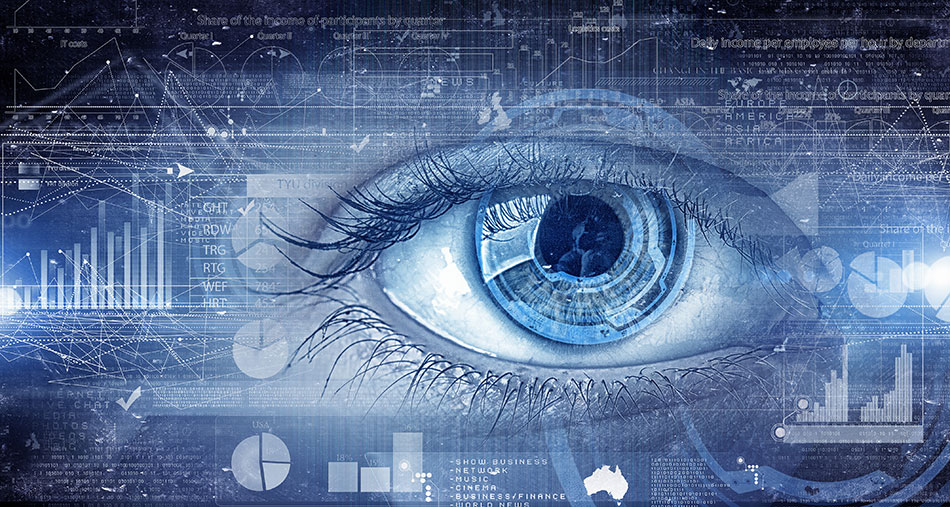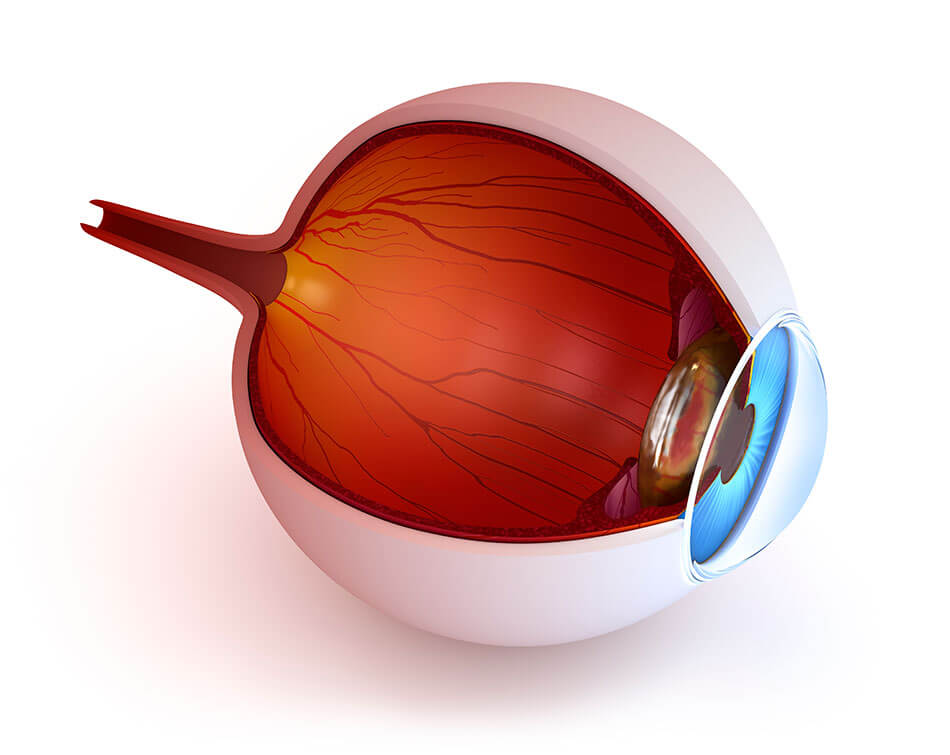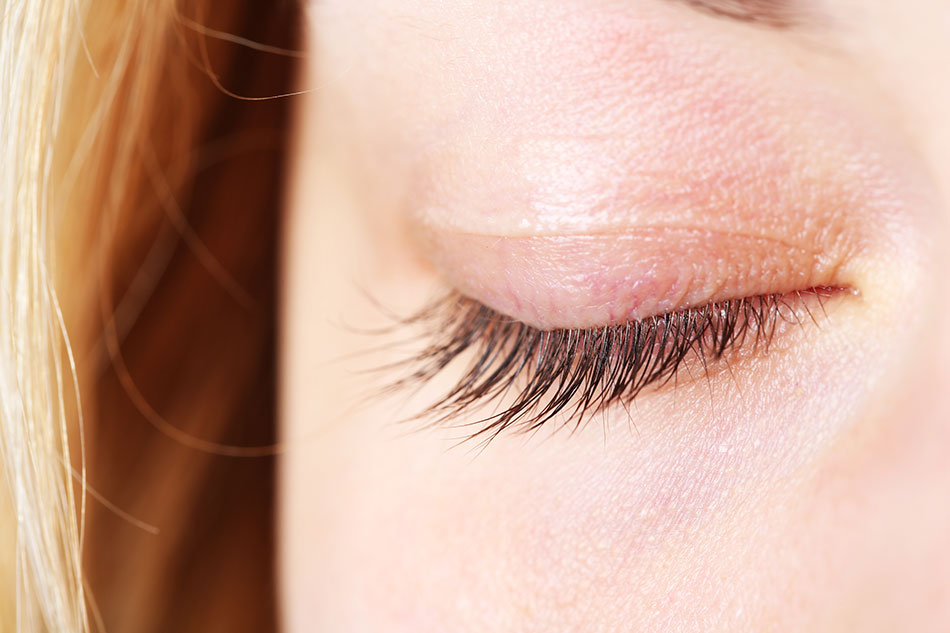Learn How Eyes Work. It Could Save Your Eyesight!
Your Eyes Are Complex Machines
Have you ever wondered how eyes work? The human eye is an amazing piece of engineering. It works as a team with the brain to collect and process an unending stream of data throughout your waking hours. It achieves this feat through a series of delicate structures and complex mechanisms.

Your Cornea
The cornea is the outer layer of the eye. Clear and dome-shaped, it refracts light. It handles about 70% of the total focusing function of the eye. The cornea also protects the eye from germs, dust, and other contaminants. If the cornea’s curved shape becomes irregular, the resulting astigmatism causes blurry vision.
Your Iris
The iris lies underneath the cornea. This is the source of color in your eye. The iris gives you your blue, green or brown eyes. Also, everyone’s iris is as individual as a fingerprint. This is why eye scans are effective security devices. The iris also contains the pupil, which expands and contracts to control the amount of light reaching the retina.
Your Lens
The lens is the next layer underneath the iris, and plays an important part in how eyes work. It helps to refract light to transmit a clear image to the retina. It can change shape to focus on near or distant objects. As people age, they are likely to develop presbyopia - a condition where the lens is not able to focus up close. That’s when they need to get reading glasses! Another common condition for older people are cataracts, when the lens becomes clouded. The only solution for this problem is surgery, which is highly effective.

Your Retina
Your retina lines the back of the eye. Images that have passed through the cornea, iris, and lens project onto this surface before going to the brain for processing. Retinal conditions that can affect your eyesight include retinal tears and macular degeneration.
Your Optic Nerve
The optic nerve takes the information from the retina and transmits it to the brain where it’s converted into images. It’s an enormously complex structure all on its own, made up of more than a million nerve fibers. One common ailment that affects the optic nerve is glaucoma. This happens when a buildup of fluid inside the eye compresses the optic nerve and kills nerve cells.
Your Occipital Lobe
The occipital lobe is the last stage for the journey that starts with light entering the cornea of the eye. The images are converted into electrical impulses to transmit the data out of the eye. The data then goes to the back of the brain, the occipital lobe. There, the brain sorts and processes information into images that we perceive. Sensory input from the eye is never-ending as long as our eyes are open, so the occipital nerve has to act at extremely high speed. Otherwise, it can't keep up with the volume of information it’s receiving. If the occipital lobe sustains an injury, a person may have visual hallucinations or trouble identifying objects.
Other structures of the eye perform essential maintenance tasks. They don’t contribute directly to the transmission of images through to the optic nerve and occipital lobe. However, they do play an important role in how eyes work.
Your Eyelids
Eyelids are not just there to let you get a good night’s sleep by blocking out light! Blinking is their most important function -- keeping the eyes moist. Your eyelids also close involuntarily when something is headed towards your eye. This protects the eye from potential damage from debris.
Eyelashes and Eyebrows

We tend to look upon these two types of hair as decorative eye accessories; but they have much more important functions in maintaining the eyes. Eyebrows serve to keep perspiration from dripping down off your forehead and into the eyes. They also play a role in shading the eyes from too bright light. Eyelashes help keep foreign objects such as dust from getting in your eyes. The eyelash hair glands also produce sebum to keep the inner surface of the eyelids lubricated.
Tear Glands
More moisture is produced by the tear glands, which are located above the eyeball under the eyelid. This is the source of the fluid that the eyelid sweeps across the entire surface of the eye every time you blink. If the tear glands are blocked or fail to function properly, the resulting dry condition will have a negative impact on vision. Minor cases can be addressed with eye drops, but surgery may be necessary for serious blockages.
Tear Ducts
There has to be somewhere for the excess fluids to go, and that’s the job of the tear ducts. Under normal conditions (not when you’re crying!) the tear ducts collect those fluids and drain them down through your nose. A blocked tear duct will cause too much fluid to remain in the eye, causing blurred vision. It can also lead to eye infections.
Even the most finely-tuned machine does not always work at its full potential and requires care - how much more so, our delicate eyes. Issues with any eye part, can have a severe impact on your ability to see properly, and your quality of life! That’s why it's important to know how eyes work.
Some conditions, such as macular degeneration, have no effective treatment; however, there are many options available for those with a decrease in vision due to conditions of the cornea and lens. Corrective eyeglasses can improve vision for many people.
If you find wearing glasses to be irritating, contact lenses are an excellent option. Contact lenses can correct a variety of conditions, including astigmatism and presbyopia. You can choose from a variety of daily lenses or either weekly or monthly lenses. With a prescription from your ophthalmologist, you’ll easily be able to order your contact lenses online!
